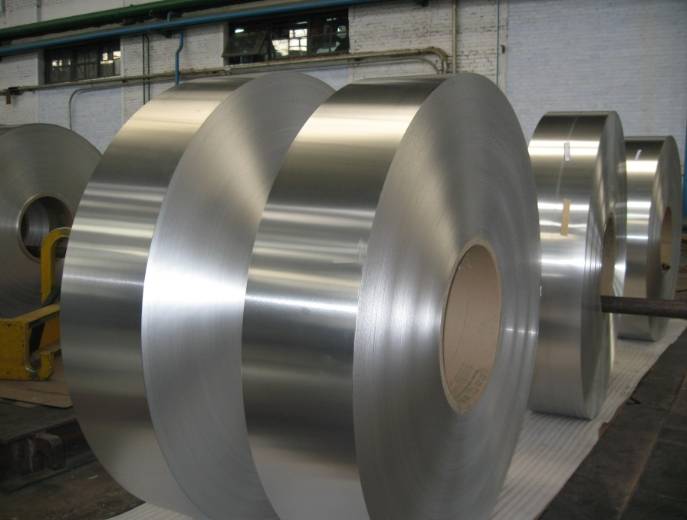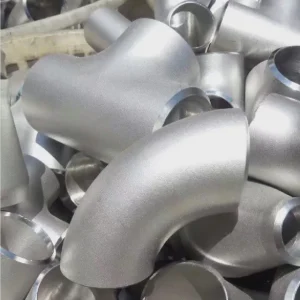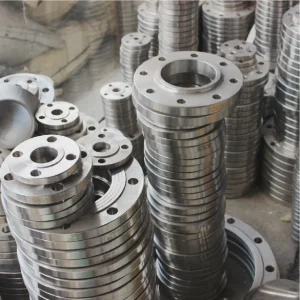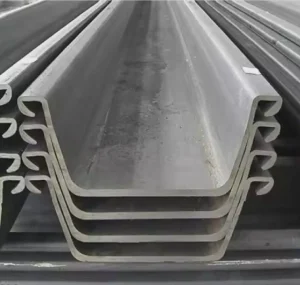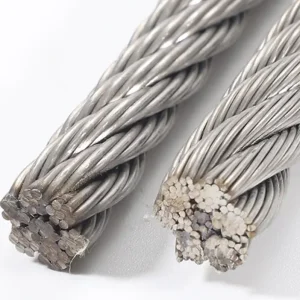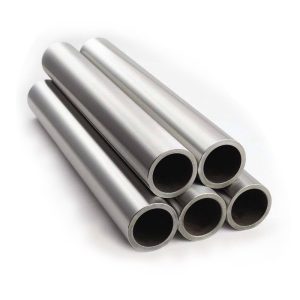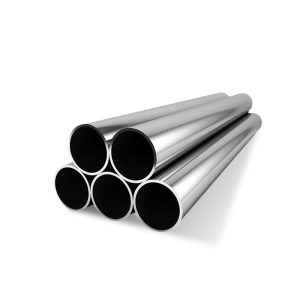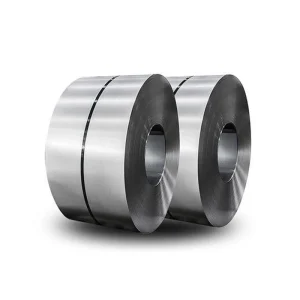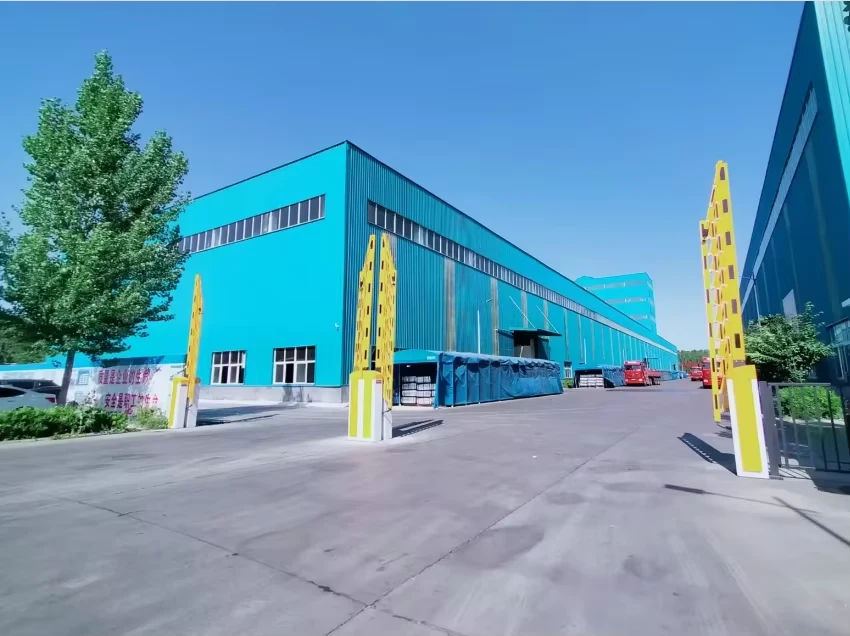Introduction: Alloy Selection in Aerospace
Choosing the right aluminum alloy spec is critical in aerospace. Two common sheet/plate standards are AMS 4044 (Al 7075) and AMS 4027 (Al 6061). While both alloys offer good strength and corrosion resistance, their compositions, mechanical profiles, and applications differ markedly. This article reveals:
-
The problem: Confusion over when to use each spec
-
Solution: Detailed comparison of AMS 4044 vs AMS 4027
-
Case study: My firsthand experience with both alloys
-
Step-by-step spec guide: How to choose the right standard
-
Comparative table: Side-by-side metrics
-
Practical checklist: Ensure nothing is missed
By the end, you’ll know which AMS standard prevails for your application—and why.
Problem—Mismatched Alloy Specs Cause Failures
In aerospace structures, spec’ing an alloy with insufficient strength or formability can lead to component failure or costly rework. For instance, using 6061-T6 where 7075-T6 is needed risks under-strength parts, while opting for 7075 can complicate forming or heat treatment. Therefore, engineers must align alloy choice with performance needs.
Alloy Compositions & Intended Use
AMS 4044 (Al 7075 Sheet & Plate)
-
Composition: Zn 5.10–6.10 %, Mg 2.10–2.90 %, Cu 1.20–2.00 %, Cr 0.18–0.28 %, balance Al
-
Tempers: O (annealed), F (as fabricated), T6 (solution-treated/aged)
-
Key Traits: High tensile (up to 572 MPa) and yield (up to 503 MPa) in T6
-
Applications: Highly stressed components—wing spars, landing gear fittings, missile bodies
AMS 4027 (Al 6061–T6 Sheet & T651 Plate)
-
Composition: Mg 1.0 %, Si 0.60 %, Cu 0.28 %, Cr 0.20 %, balance Al
-
Tempers: O, T4, T6 (solution-treated/aged), T651 (stress relieved)
-
Key Traits: Tensile ~310 MPa, yield ~275 MPa, elongation ~12 %, hardness ~60 HRB; thermal conductivity 1160 Btu-in/hr-ft²-°F
-
Applications: Structural panels, fuel tanks, extrusions, brackets
Comparative Analysis Table
| Property | AMS 4044 (7075-T6) | AMS 4027 (6061-T6) |
|---|---|---|
| Alloy System | Al-Zn-Mg-Cu-Cr | Al-Mg-Si-Cu-Cr |
| Tensile Strength | 565–572 MPa | ~310 MPa |
| Yield Strength | 503 MPa | ~275 MPa |
| Elongation | ~11 % | ~12 % |
| Hardness | 150 HBW | ~60 HRB |
| Thermal Conductivity | ~130 W/m·K | ~167 W/m·K |
| Corrosion Resistance | Moderate (requires cladding) | Good |
| Formability | Poor for tight bends | Excellent |
| Typical Uses | Highly stressed airframe parts | Structural panels, fittings |
| Relative Cost | 1.4× of 6061 | Base cost |
This table highlights why AMS 4044 excels in strength yet lags in formability and cost, whereas AMS 4027 offers balanced traits for general structural use.
Case Study—Wing Rib Fabrication
When fabricating wing ribs, I initially used AMS 4027-T6 for ease of forming and corrosion resistance. However, under fatigue testing, ribs showed cracks after 500 k cycles. Switching to AMS 4044-T6, despite higher cost and forming difficulty, the ribs endured over 2 million cycles—demonstrating AMS 4044’s superior fatigue life in high-stress applications.
Step-by-Step Guide to Selecting the Right Spec
-
Define Load Conditions
Static vs dynamic; fatigue vs sustained loads. -
Assess Forming Complexity
Deep draws or tight bends favor 6061. -
Evaluate Heat Treatment Capability
7075 requires precise quench and aging; verify your process. -
Consider Corrosion Environment
For harsh or marine exposure, 6061 offers better base resistance. -
Match Thermal Requirements
For heat-sinks, 6061’s higher conductivity wins; for strength, choose 7075. -
Analyze Cost Impact
Balance material cost vs lifecycle performance. -
Request Mill Test Reports
Verify composition and mechanical properties per AMS spec. -
Order Sample Runs
Prototype parts in both alloys to validate forming and performance.
Transition Words in Practice
Moreover, considering secondary processes—anodizing for 7075 or cladding for 6061—can further tailor corrosion resistance. However, each adds cost and weight. Therefore, weigh these options against mission-critical requirements. Meanwhile, engage metallurgists early to refine spec details. Consequently, you’ll avoid costly redesigns.
First-Person Insight
I once specified AMS 4027 for a fuel tank skin, attracted by its corrosion resistance. Unexpectedly, under pressurization tests, the skin deformed. After switching to a thin clad layer of AMS 4044, we met both strength and leak-tightness targets. That project taught me to blend alloy traits rather than rely on one spec alone.
Practical Checklist
-
Load & Fatigue Profiles defined
-
Forming Requirements documented
-
Heat Treatment Capability verified
-
Corrosion Environment assessed
-
Thermal Conductivity needs stated
-
Cost vs Lifespan analyzed
-
MTRs obtained per AMS spec
-
Prototype Testing completed
-
Final Spec Selection confirmed
Why Choose Shanxi Luokaiwei Steel Company
For reliable compliance with AMS 4044 and AMS 4027, partner with Shanxi Luokaiwei Steel Company:
-
Certified Quality: ISO9001, SAE AMS traceability
-
Product Range: Al 7075 & Al 6061 sheets/plates in all standard tempers
-
Custom Processing: CNC cutting, forming, and cladding services
-
Technical Expertise: Metallurgical support for aerospace applications
-
Competitive Pricing: Direct mill supply and volume discounts
Their comprehensive capabilities ensure your aerospace components meet the highest standards—so inquire today for tailored solutions.


